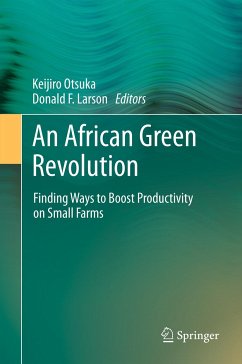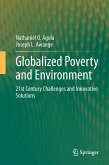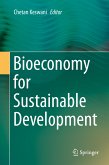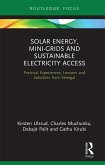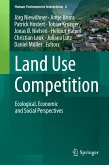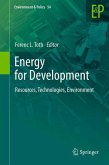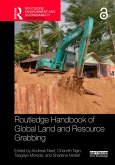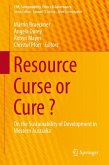Part I surveys the transferability of Asia's Green Revolution to Sub-Saharan Africa and explores whether Africa should focus on staple crops and small farms. Coverage spans technology, irrigation, climate and agricultural policies in the Asian Green Revolution, and probes whether geography explains why such a revolution has eluded Africa.
Part II discusses two crops which have been considered highly promising, and addresses the issue of low-input vs. high-input agriculture. The authors explore NERICA, a variety of upland rice developed for Africa, and the challenges of establishing a chain of production that improves agriculture and reduces hunger. The section also details the adoption of high-yielding maize varieties throughout Africa, citing case studies on the possibilities of maize Green Revolutions in Kenya and Uganda.
Addressing the poor quality of Africa's soils and the limited reach of fertilizer markets, Part III shows how markets shape farmer incentives and fertilizer demand and discusses the role of governments in achieving substantial productivity growth.
A recurring theme of the book is thatwhile a handful of innovations in rice and wheat helped bring about large and sweeping changes for farmers and the urban poor in Asia, a broader set of innovations are needed to launch Africa's Green Revolution. It is the editors' belief that the conditions for success in Africa are growing rather than diminishing and that the seeds for Africa's Green Revolution have been sown.
Dieser Download kann aus rechtlichen Gründen nur mit Rechnungsadresse in A, B, BG, CY, CZ, D, DK, EW, E, FIN, F, GR, HR, H, IRL, I, LT, L, LR, M, NL, PL, P, R, S, SLO, SK ausgeliefert werden.

